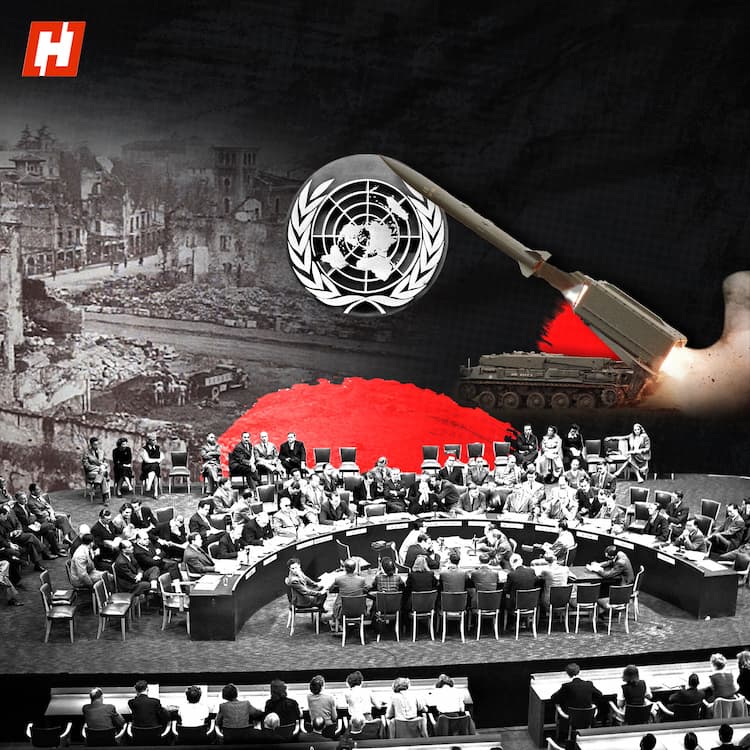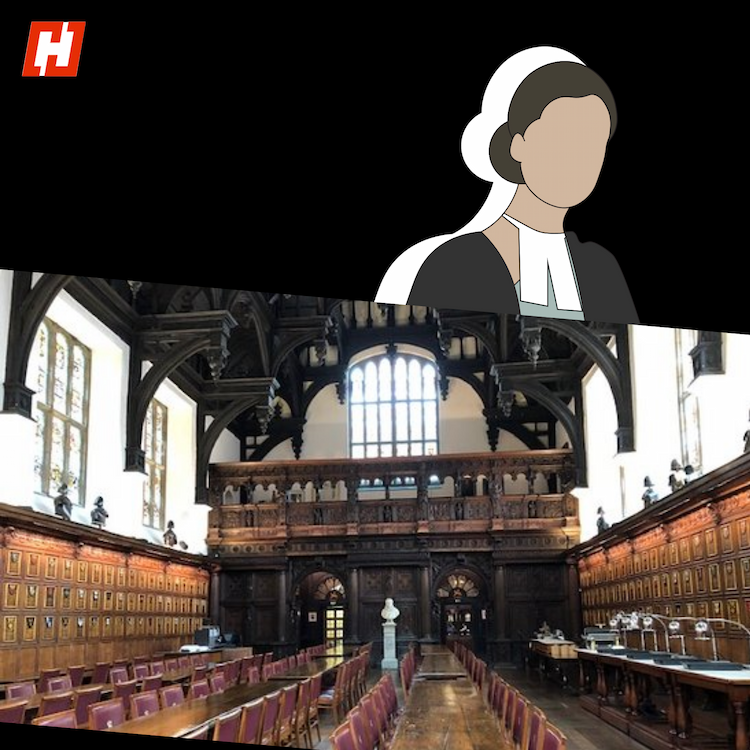The Resistance Front (TRF), a proxy of Pakistan-based Lashkar-e-Taiba, has claimed responsibility for the attack in Pahalgam in south Kashmir in which at least 26 tourists were killed and more than a dozen others were injured on Tuesday.
Militant insurgency has been a perennial problem in the valley but attacks have largely been restricted to army, police or government officials.
Not since 2,000 when 36 civilians were killed have ordinary citizens been targetted. The Pahalgam massacre changed that.
Home Minister, Amit Shah, reached Srinagar, the summer capital of the disputed region, as condolences poured in from world leaders, including United States President Donald Trump and Russian President Vladimir Putin. Indian Prime Minister Narendra Modi wrote on social media that “those behind this heinous act will be brought to justice … they will not be spared!”
But who or what is TRF? And what does it mean for the future of Kashmir and its population?
Origins of TRF
Said to have begun as a virtual group, in response to the Indian government unilaterally revoking Kashmir’s partial autonomy in August 2019 and imposing a months-long clampdown, the group first took shape by starting messaging on social media.
They have particularly objected to “outsiders” taking up domicile and jobs in post-abrogation Kashmir. The supposed Telegram post makes references to this.
The name itself is different from those normally seen with respect to terror groups seen in this part of the world. Reports suggest that the name was meant to elicit a neutral character, with ‘resistance’ in name focused on Kashmiri nationalism.
Indian officials have maintained that TRF is in fact a front of the Lashkar-e-Taiba, a Pakistan-based armed group. India has consistently admonished Pakistan for harbouring terror groups that aim to destabilise the region.
What has TRF done in the past?
Government records state that, by 2022, most of the armed fighters killed in gunfights in Kashmir were considered to be affiliated with TRF.
The same year, the group is said to have come out with a “traitor hit list”, containing names of Kashmiri journalists supposedly colluding with the Indian government.
Two years later they took pride in the attack on a bus carrying Hindu pilgrims, killing at least nine people and injuring 33, in Jammu’s Reasi area. The bus had plunged into a gorge during the attack.





